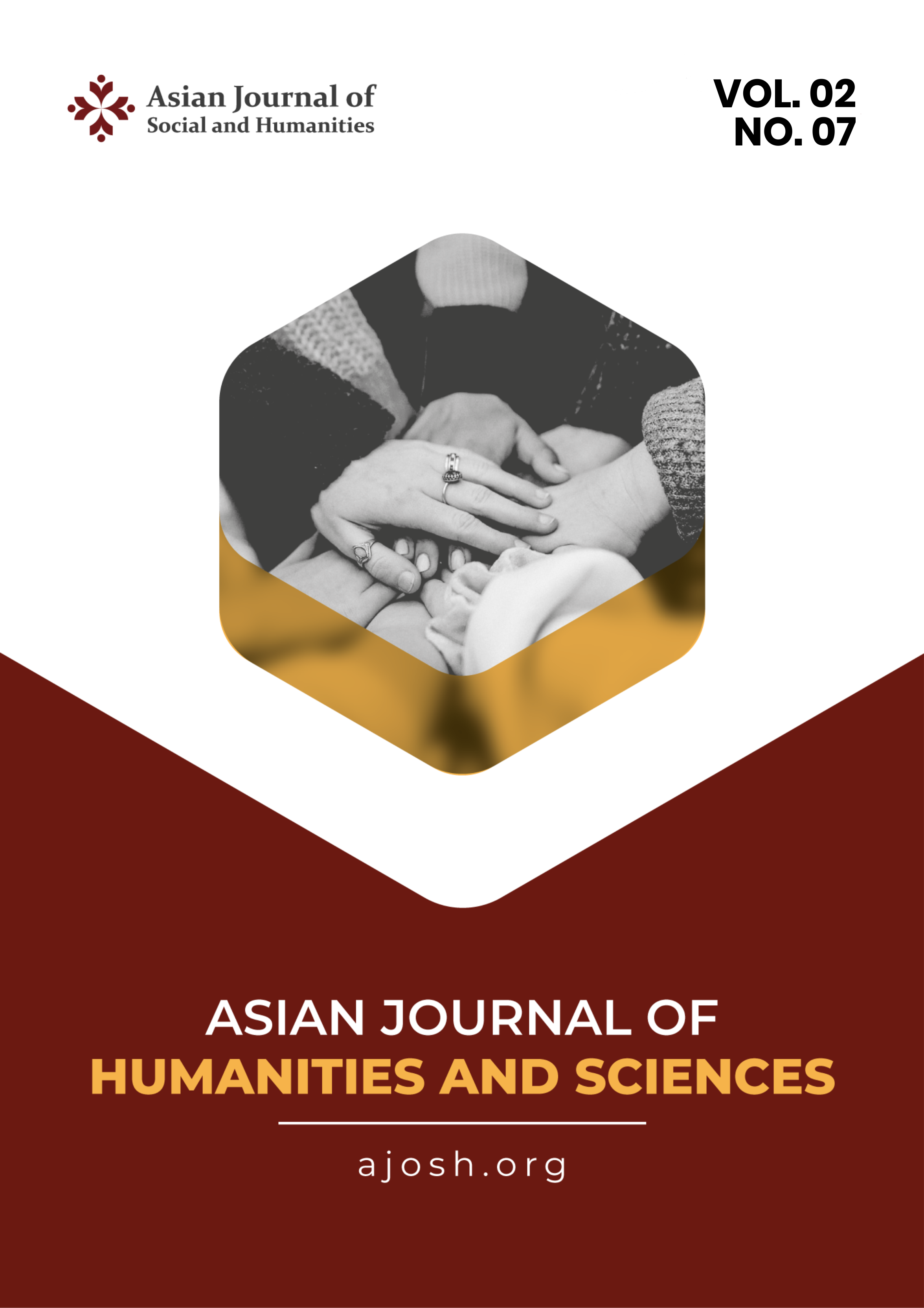The Role of Competitive Intelligence In Shaping Australia's Defence Strategy To Mitigate China's Influence In The Indo-Pacific Region
DOI:
https://doi.org/10.59888/ajosh.v2i7.288Keywords:
indo pacific region;, south china sea;, nine-dashed line;, intelligence;, threats;, defense;, securityAbstract
China's significant economic development and military modernization in the last few decades has resulted in a change in the global geopolitical situation in the Indo Pacific Region. China is increasingly aggressive in spreading its influence and one of the steps taken by China is the Belt and Road Initiative (BRI) project. In carrying out BRI through maritime routes, China has made the South China Sea the main route. On the basis of the Nine-Dashed Line, China is aggressively asserting its control claims in the South China Sea. This made the situation in the South China Sea heat up due to protests from several countries. As one of the countries in the Indo Pacific Region, Australia, by using a competitive intelligence mechanism, views what China has done as a threat to its national security, as written in the National Defense: Defense Strategic Review 2023 report. Therefore, Australia must create a defense strategy to mitigate this threat. The author conducted this research using qualitative methods by collecting data from observation, document study, and literature study. This study aims to determine the role of competitive intelligence in the framework of forming a defense strategy carried out by Australia as a mitigation measure against China's defense advances and China's influence spread in the Indo Pacific Region.
Published
Issue
Section
License
Copyright (c) 2024 Tony Probo Gurihastyo, Muhammad Syaroni Rofli, Heru Subiyantoro

This work is licensed under a Creative Commons Attribution-ShareAlike 4.0 International License.
Authors who publish with this journal agree to the following terms:
- Authors retain copyright and grant the journal right of first publication with the work simultaneously licensed under a Creative Commons Attribution-ShareAlike 4.0 International. that allows others to share the work with an acknowledgement of the work's authorship and initial publication in this journal.
- Authors are able to enter into separate, additional contractual arrangements for the non-exclusive distribution of the journal's published version of the work (e.g., post it to an institutional repository or publish it in a book), with an acknowledgement of its initial publication in this journal.
- Authors are permitted and encouraged to post their work online (e.g., in institutional repositories or on their website) prior to and during the submission process, as it can lead to productive exchanges, as well as earlier and greater citation of published work.










